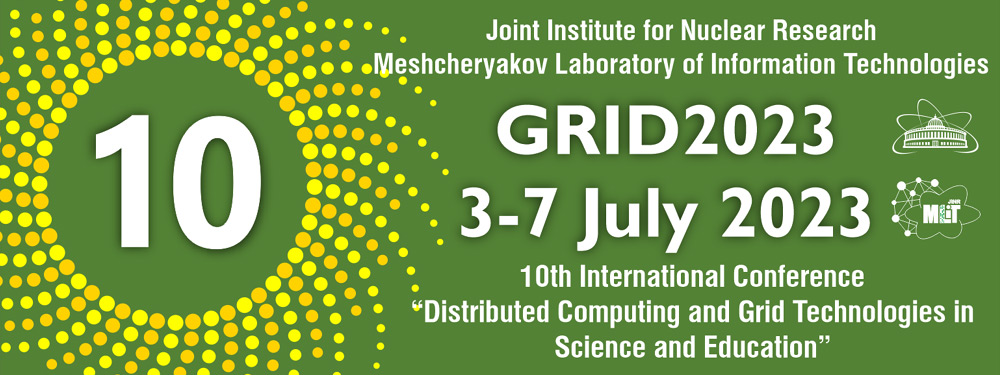Speaker
Description
During remote sensing of the Earth, satellite equipment registers solar radiation reflected by the earth's surface. This reflected radiation travels through the atmosphere, distorting the spectral characteristics of the radiation reaching the satellite's sensors. The task of atmospheric correction is to eliminate the influence of these distortions. Currently, data from most satellites are in the public domain, but only a small part of them represent data with previous atmospheric correction. As a rule, users who have access to the data of one or another satellite can perform atmospheric correction of the necessary data using the appropriate application programs. However, this processing is carried out interactively for each image of a specific area.
The paper proposes a method for correcting satellite images using a neural network. This method allows you to automate the process of atmospheric correction for "raw" satellite images. The method is based on a fairly simple neural network based on the encoder-decoder architecture. The pre-prepared dataset contains images without correction and their corresponding already processed images with correction, which are available directly in the satellite data storage. A neural network is trained on this dataset. Then this net is used to perform atmospheric correction of images of this satellite.
Summary
Experimental studies of the proposed method were carried out on multispectral data of L1C and L2A processing levels obtained from Sentinel-2 satellites for several regions. The L1C level is "raw" data, and the L2A level is the L1C level data that has undergone atmospheric correction. The neural network was trained on these data. Then atmospheric correction was performed using a trained neural network for L1C level data for which L2A level data were missing. The results of such processing were compared with the results of interactive processing of L1C level data using the Sen2Corr program that performs atmospheric correction. This program is part of the Sentinel-2 data software. The root-mean-square error of the atmospheric correction using a neural network, compared to the interactive correction, was about 0.5%.

